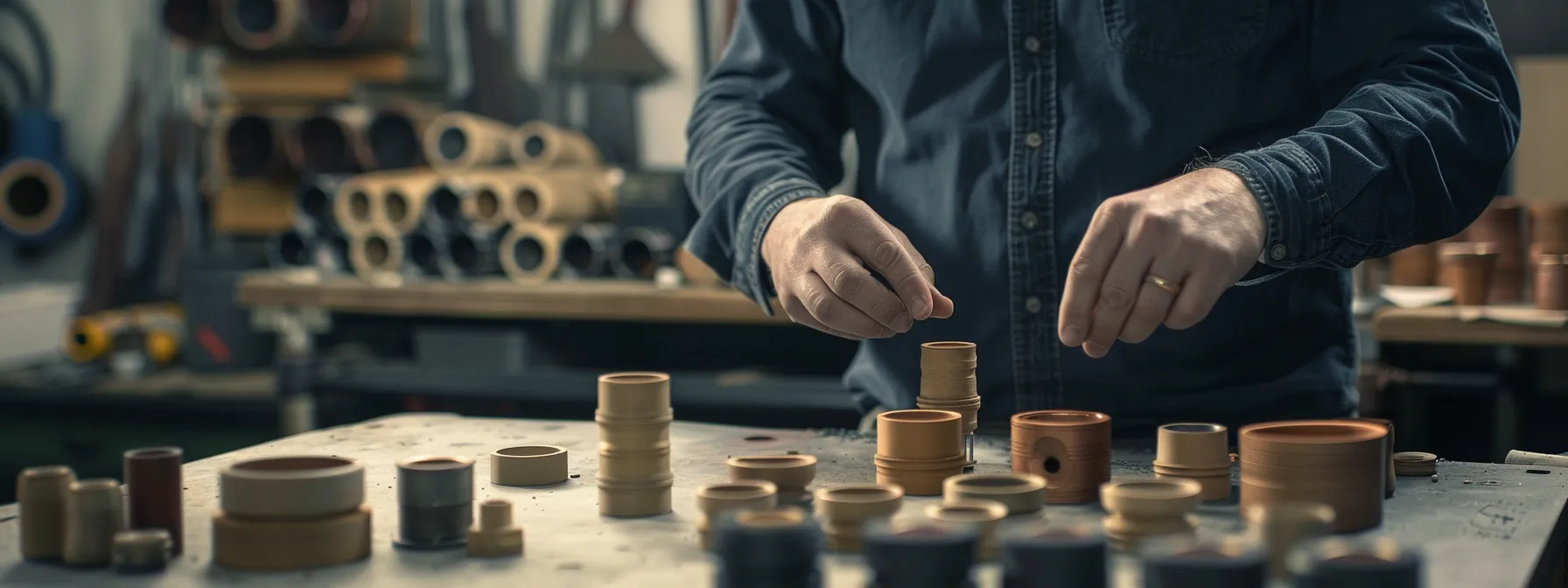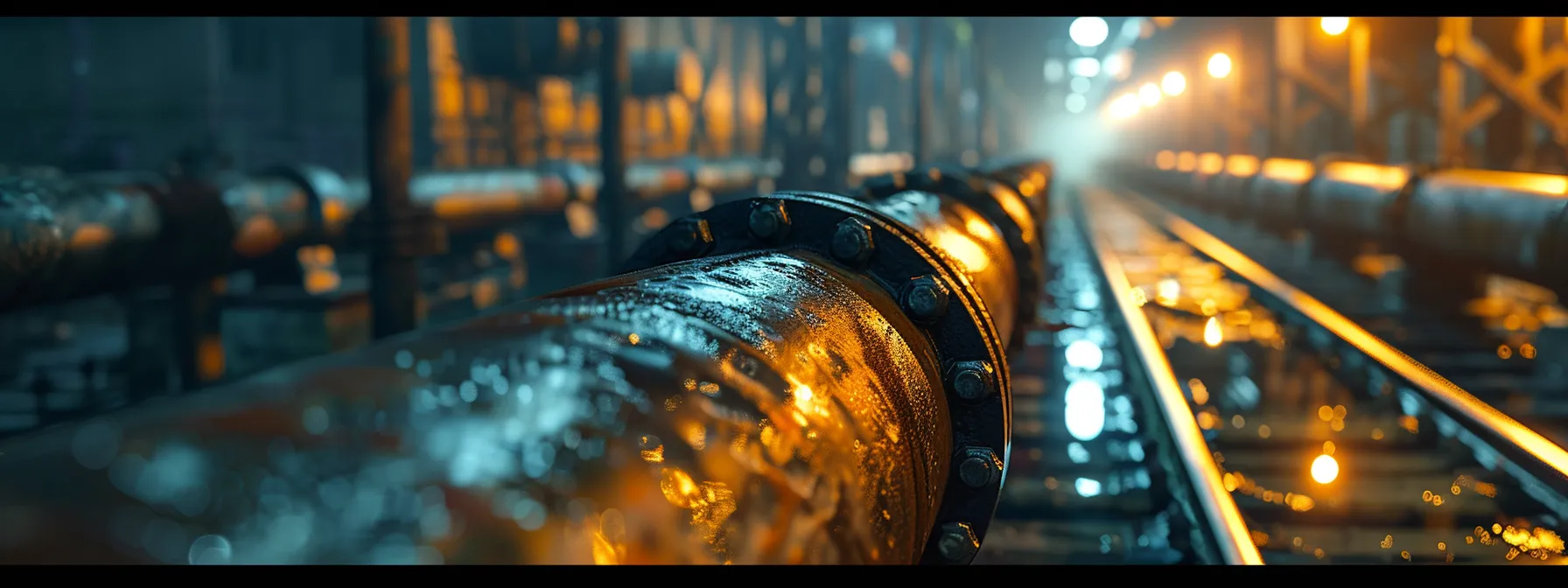How To Choose the Right Plastic Pipe Cap for Your Application
Selecting the appropriate plastic pipe cap is crucial for safeguarding the integrity of piping systems in various industrial applications. Whether you are dealing with transportation, storage, or installation phases, the right pipe cap ensures that internal contents are protected from contaminants and damage. Moreover, a proper fit and material can significantly improve the longevity of the piping system. To facilitate this selection, it’s important to know which factors to consider before making a purchase. Below, we’ll explore key considerations ranging from material compatibility to size requirements, and from durability to budgeting constraints.
Assessing the Size and Shape Requirements for Pipe Caps

Size is a crucial consideration when selecting a plastic pipe cap as an improperly sized cap can lead to an inadequate seal, potentially resulting in leaks or contamination. The cap must match the outer diameter of the pipe precisely to form an effective barrier. Furthermore, while some applications may use standard pipe sizes, others may require custom-sized caps, which could influence lead times and costs.
The shape also plays a role in cap selection. Pipes can have different end shapes, so it’s necessary to determine whether a dome-shaped, flat, or vented cap is most suitable. The complexity of the pipe’s end, such as external or internal threads, grooves, or bevels, dictates the cap design required for a secure fit. Users should measure pipes accurately to prevent selection mistakes that could hamper project timelines.
Different industries may also have specific preferences or requirements for pipe cap shapes based on their unique systems or regulatory standards. For instance, the oil and gas industry often requires caps that can withstand significant pressure and are shaped to facilitate easy removal and reuse. You can check out pipe caps USA to find the right pipe caps for your application.
Evaluating Durability and Resilience for Long-Term Usage

Durability is a non-negotiable characteristic of any pipe cap, as frequent replacements can be costly and labor-intensive. A cap must be capable of withstanding the rigors associated with its environment. Whether it is the constant pressure of fluids within a pipe or the rough handling during shipping and handling, resilience is key.
External factors such as UV exposure and weather conditions can severely impact the lifespan and performance of plastic caps. For outdoor applications, a cap made with UV-resistant materials or treated for additional weather resistance can ensure a longer service life without degradation. Similarly, in settings with high mechanical wear, the toughness of the cap is central to its effectiveness.
For industrial piping systems that operate under high pressure or temperature, it is imperative to choose a cap that will not warp, crack, or melt. In such instances, material specifications including pressure ratings and melting points should be closely examined.
Analyzing Cost Effectiveness and Budget Considerations

While the integrity of the cap is crucial, cost is also a primary consideration. Pipe caps can range from economical, off-the-shelf solutions to more expensive, custom-fitted alternatives. When calculating the cost effectiveness of a pipe cap, it’s vital to consider both its price and the value it provides over time.
It might be tempting to choose the least expensive option, but such caps may not provide the durability needed for an application, leading to frequent replacements and increased downtime. Conversely, investing in higher quality, more expensive caps could save money in the long run due to their extended service life and ability to prevent costly leaks or contamination.
The price of plastic pipe caps will also vary depending on the quantity required. Bulk purchases often come with discounts, so for large-scale projects, buyers could benefit from economies of scale. Similarly, ongoing relationships with suppliers might offer cost advantages over one-time transactions.
Altogether, when choosing the right plastic pipe cap, considering all aspects from material compatibility, size, and shape to durability, cost-efficiency, and industry standards results in informed decision-making. Overall, a thorough approach ensures optimal performance, safety, and cost savings, contributing to the success and longevity of your piping systems.
Leave a Reply